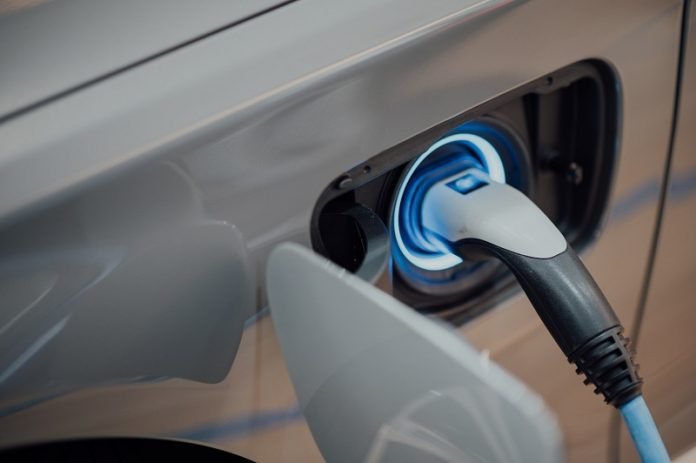
Researchers at the University of Oxford have made a significant discovery that could lead to major advancements in electric vehicle (EV) batteries and electrically powered aviation.
In a study published in the journal Nature, the scientists used advanced imaging techniques to uncover the reasons behind the failure of lithium metal solid-state batteries (Li-SSBs).
Overcoming these challenges could revolutionize battery range, safety, and performance for EVs and help propel the development of electric aviation.
Li-SSBs are unique because they replace the flammable liquid electrolyte found in conventional batteries with a solid electrolyte and utilize lithium metal as the anode (negative electrode).
By employing a solid electrolyte, these batteries enhance safety, while the use of lithium metal enables greater energy storage capacity.
However, Li-SSBs face a critical obstacle: the formation of “dendrites,” which are filament-like structures of lithium metal that can cause short circuits during the charging process by penetrating the ceramic electrolyte.
To address this issue, researchers from the University of Oxford embarked on an in-depth investigation as part of the Faraday Institution’s SOLBAT project.
In their latest study, the team utilized an advanced imaging technique called X-ray computed tomography at the Diamond Light Source to observe dendrite failure with unprecedented clarity during charging.
Through this imaging, the researchers discovered that dendrite cracks occur due to lithium accumulation in sub-surface pores.
As the pores become full, further charging increases pressure, leading to cracking. On the other hand, crack propagation happens as lithium only partially fills the crack, resulting in a wedge-opening mechanism that expands the crack from the rear.
This newfound understanding represents a significant step forward in overcoming the technological challenges of Li-SSBs.
Dominic Melvin, one of the study’s co-lead authors, explained that finding the right balance of pressure is crucial: while some pressure is beneficial to prevent gaps between the lithium anode and the solid electrolyte, excessive pressure can be detrimental, increasing the likelihood of dendrite propagation and short circuits during charging.
Sir Peter Bruce, Chief Scientist of the Faraday Institution and corresponding author of the study, expressed hope that these insights would aid the progress of solid-state battery research towards practical devices.
He noted that comprehending how lithium penetrates the dense ceramic electrolyte has been a complex puzzle, but the team’s discoveries provide valuable contributions to the field.
According to a recent report by the Faraday Institution, solid-state batteries (SSBs) could meet 50% of global demand for batteries in consumer electronics, 30% in transportation, and over 10% in aircraft by 2040.
Professor Pam Thomas, CEO of the Faraday Institution, emphasized that understanding solid-state battery failure is a crucial step before achieving high-power batteries with commercially viable performance for automotive applications.
The insights gained from this research inform strategies that cell manufacturers can employ to prevent cell failure in this technology, showcasing the valuable scientific advancements driven by the Faraday Institution.
In conclusion, this groundbreaking study offers promising prospects for improved battery technologies in EVs and electric aviation.
By addressing the challenges associated with Li-SSBs, researchers are paving the way for enhanced battery range, safety, and performance, bringing us one step closer to a greener and more sustainable future in transportation.



